
Odalisque in red trousers, a description of the painting The Great Henri Matisse is an artist who has found his own style in painting, the author of colorful canvases simplified in display, but at the same time saturated with color and texture stroke. Odalisques, like heroines of paintings, accompany a number of works by Matisse with the same name. Red trousers flashed in portraits of girls from the mid-10s of the 19th century, like a visiting card of a certain period of the painter’s creative life.
The painting “Odalisque in red trousers”, exactly the one that is presented on this page, was written in 1922. The size of the original is 84×67 cm. Only a fragment of the work is reflected here, but it also allows you to contemplate Henri Matisse’s intricate letter. I would like to disassemble into the constituent parts of the portrait, since the artist’s manner is such that each centimeter of oil coating has a peculiar character of the stroke – from the glaze to the oily layers with a textured surface. Such inconsistency is explained by the search for Matisse, in due time, of a convenient style and simple artistic technique. He wrote impressionism, work with spot paint, as well as primitive forms.
Thus, the painting of the Frenchman Henri acquired the echoes of Fauvism with its rich palette and simplified configuration of images. “Odaliska” Matisse has a simple layout, built on the first – the main plan and the second overlooking the decor of the room. The fragment, unfortunately, did not cover the whole interior. However, it can be seen that the walls are covered with white wallpaper with a blue ornament, and the floor is covered with a purple carpet. Here, here is the contrast and richness of color characteristic of Matisse.
The girl is placed on a bed of brown wood. Despite the fact that her posture is relaxed, her face seems tense and unnaturally focused. Why? Yes, because the features of the female face are schematic in nature – “point, point, comma.” This simplicity has its advantages – a generalization of forms, an emphasis on the work as a whole, as well as disadvantages associated with the lack of traits of the heroine, peculiar to each person, expressing mood and facial expressions. In this case, the painter stressed the aristocracy of the lady – her white skin with a pink shimmer and glitter of a filling apple, the decoration of clothes.
Reflecting a woman in the direction of “nu”, so popular in ancient times, but having found a short sound – Nu, – today, the creator left a lace cap and bright pants for his odalisque! Oh yes, they became almost the main part of the canvas. Patterned embroidery covers the trousers of velvet fabric. At least, the depth of color and voluminous creases of the folds very much resemble heavy and rough velvet. An open robe has a transparent, weightless texture, a cap – a lace headdress – gives the image a certain childishness and mischief. And it is immediately clear that the guest just woke up. Attention is drawn to the incompleteness and sketchiness of the forms – the furniture, the girl herself, and the pattern on the walls. Even the table top ellipse is crooked and, to what extent, not neat.
Finally, I would like to add that this work, in the case of Matisse, is quite complicated in the narration, it could also be reduced to simple silhouettes and divided as a fractional number. But for now, the artist is looking for his own simplicity and says that for him “… it is a matter of simplification. Instead of drawing a contour and filling it with paint, one changing the other…”, because “simplification guarantees the accuracy of the connection of both processes forming a whole now. This is not the beginning, but the end. ” artist: Henri Matisse
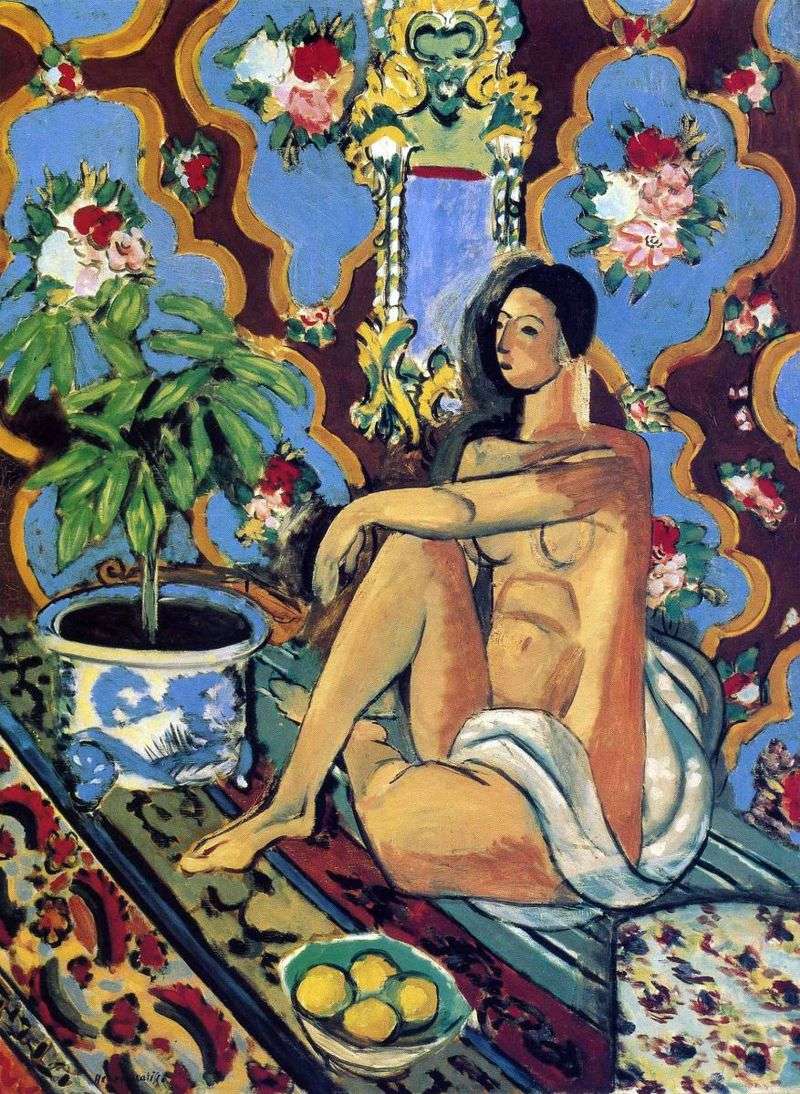 Decorative figure on the ornamental background by Henri Matisse
Decorative figure on the ornamental background by Henri Matisse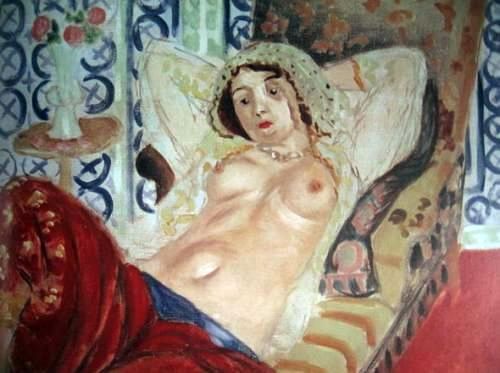 Odalisque en culotte rouge – Henri Matisse
Odalisque en culotte rouge – Henri Matisse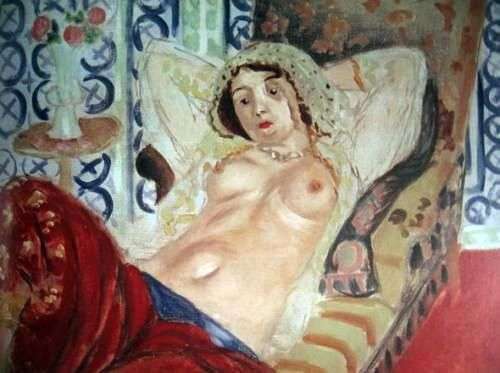 Odalisque en pantalones rojos – Henri Matisse
Odalisque en pantalones rojos – Henri Matisse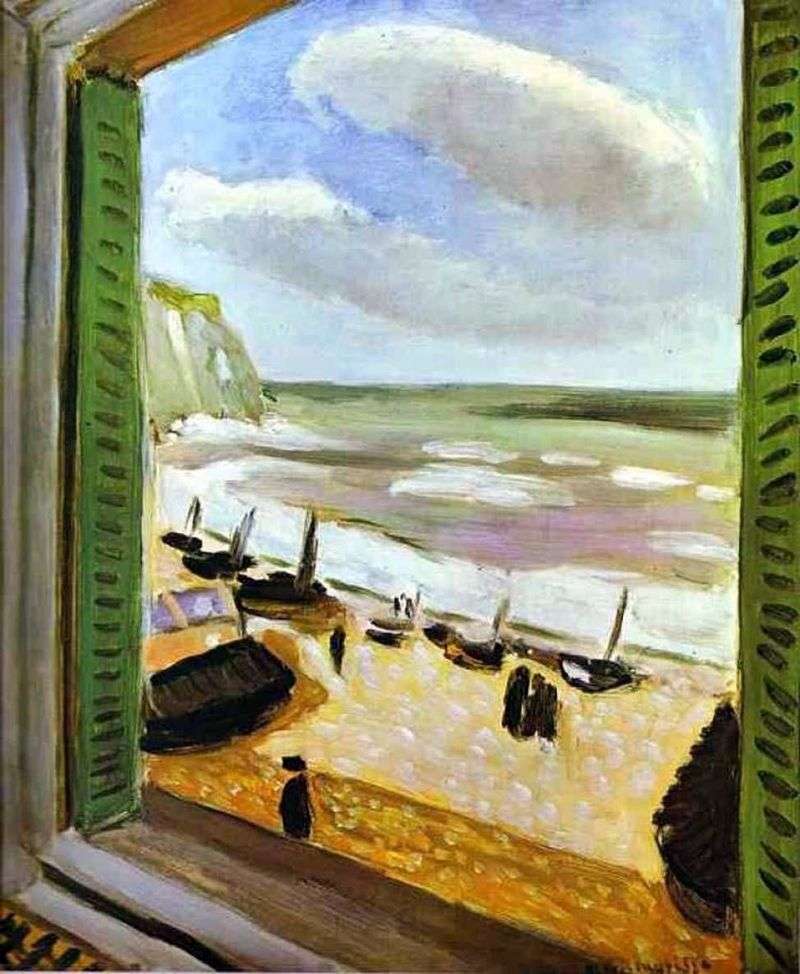 Open window in Collioure by Henri Matisse
Open window in Collioure by Henri Matisse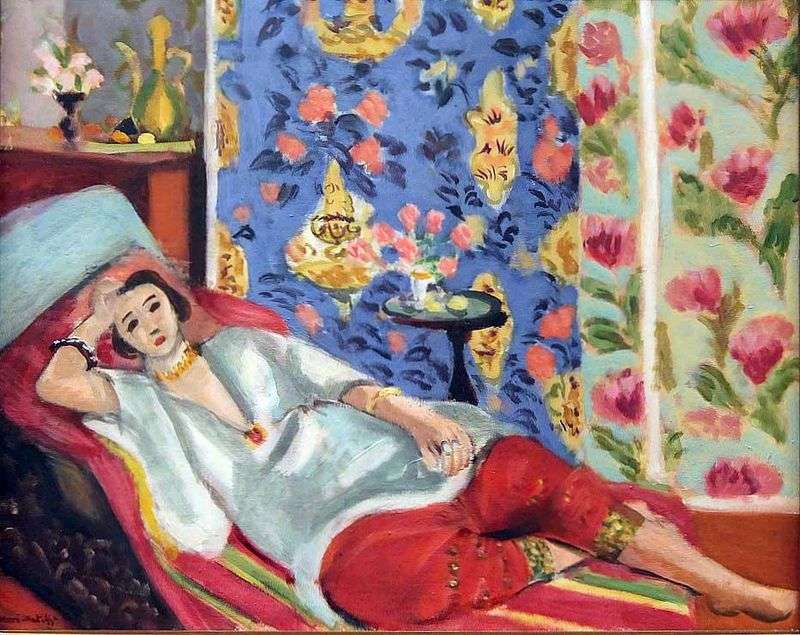 Odalisque in red shalvarah by Henri Matisse
Odalisque in red shalvarah by Henri Matisse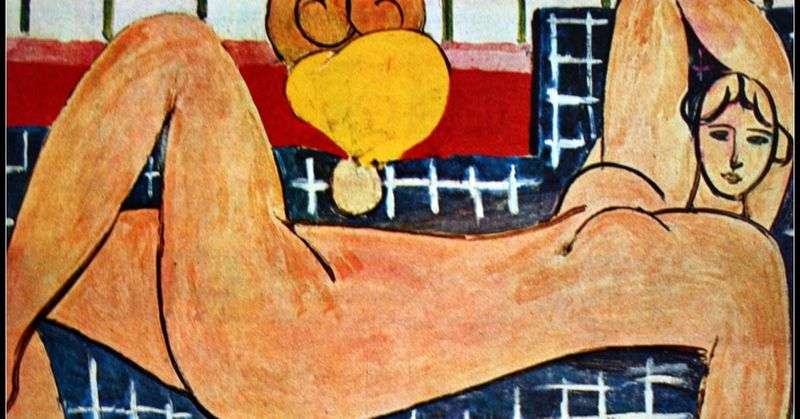 Pink Nude by Henri Matisse
Pink Nude by Henri Matisse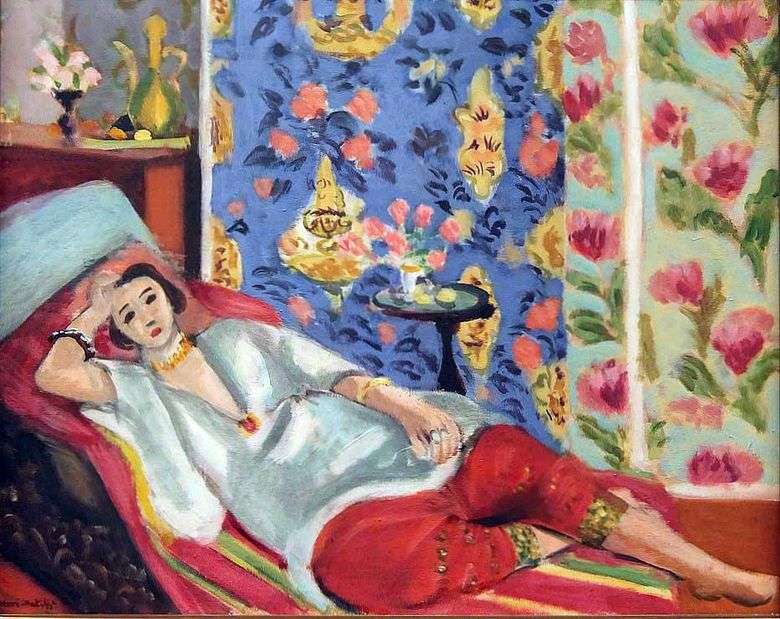 Odalisque en shalvarah rojo – Henri Matisse
Odalisque en shalvarah rojo – Henri Matisse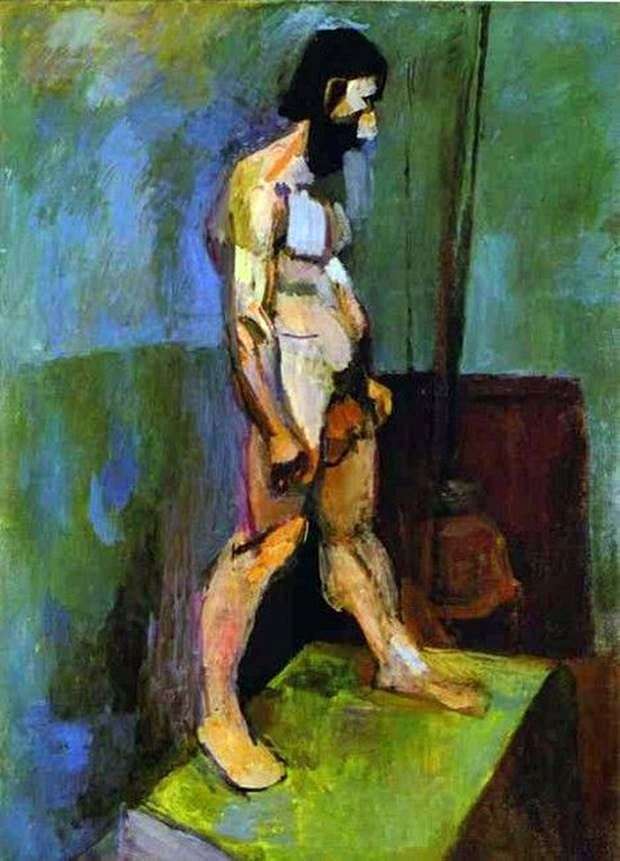 The Model by Henri Matisse
The Model by Henri Matisse